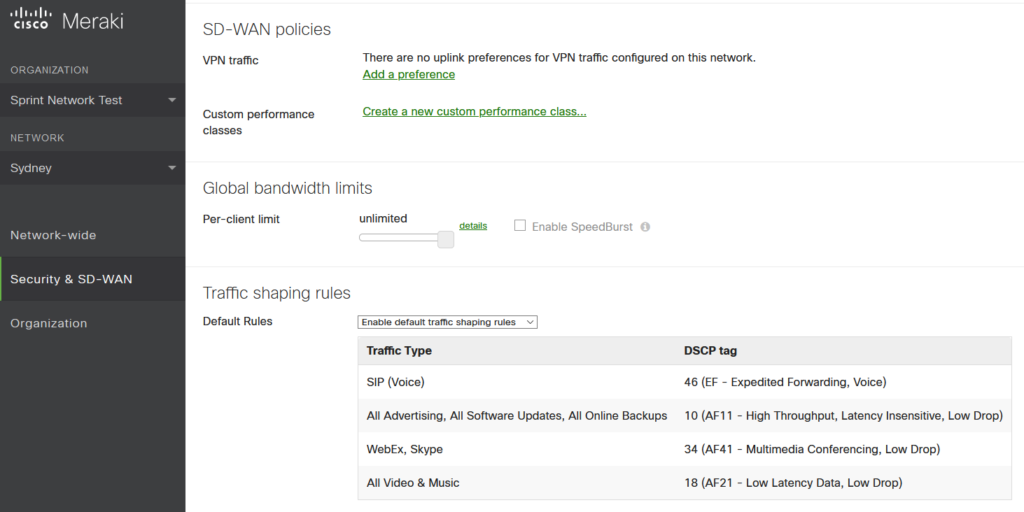

Avoids delays due to queuing.Ĭan introduce delay due to queuing, particularly deep queues.ĭrops excess packets (when configured), throttling TCP window sizes and reducing the overall output rate of affected traffic streams.

Drops may occur if excess traffic is sustained at high rates.) Typically avoids retransmissions due to dropped packets.Ĭontrols the output rate through packet drops. (Buffers packets up to the length of the queue. Less likely to drop excess packets since excess packets are buffered. Uses a leaky bucket to delay traffic, which achieves a smoothing effect. rate-limit command to implement committed access rate (CAR).Ĭontrols bursts by smoothing the output rate over at least eight time intervals.police command in the MQC to implement class-based policing.traffic-shape command to implement Generic Traffic Shaping (GTS).frame-relay traffic-shape command to implement Frame Relay Traffic Shaping (FRTS).shape command in the modular quality of service command-line interface (MQC) to implement class-based shaping.(Minimum number of intervals is required.)Ĭontinuous based on formula: 1 / committed information rate Incremented at the start of a time interval. The following table lists the differences between shaping and policing to help you choose the best solution.īuffer and queue excess packets above the committed rates.ĭrop (or remark) excess packets above the committed rates. Examples of scheduling functions are Class Based Weighted Fair Queuing (CBWFQ) and Low Latency Queuing (LLQ).

This scheduling function allows you to organize the shaping queue into different queues. In addition, shaping requires a scheduling function for later transmission of any delayed packets. Ensure that you have sufficient memory when enabling shaping. Only policing can be applied to inbound traffic on an interface. Queueing is an outbound concept packets going out an interface get queued and can be shaped. Shaping implies the existence of a queue and of sufficient memory to buffer delayed packets, while policing does not. The result of traffic shaping is a smoothed packet output rate. In contrast to policing, traffic shaping retains excess packets in a queue and then schedules the excess for later transmission over increments of time. The result is an output rate that appears as a saw-tooth with crests and troughs. When the traffic rate reaches the configured maximum rate, excess traffic is dropped (or remarked). The following diagram illustrates the key difference. If you are working in a live network, ensure that you understand the potential impact of any command before using it. All of the devices used in this document started with a cleared (default) configuration. The information presented in this document was created from devices in a specific lab environment.
#Fortinet download cap traffic shaper software
This document is not restricted to specific software and hardware versions. There are no specific prerequisites for this document. Refer to Cisco Technical Tips Conventions for more information on document conventions. (A token bucket is described in What Is a Token Bucket?). Though both mechanisms use a token bucket as a traffic meter to measure the packet rate, they have important functional differences. This document clarifies the functional differences between shaping and policing, both of which limit the output rate.


 0 kommentar(er)
0 kommentar(er)
